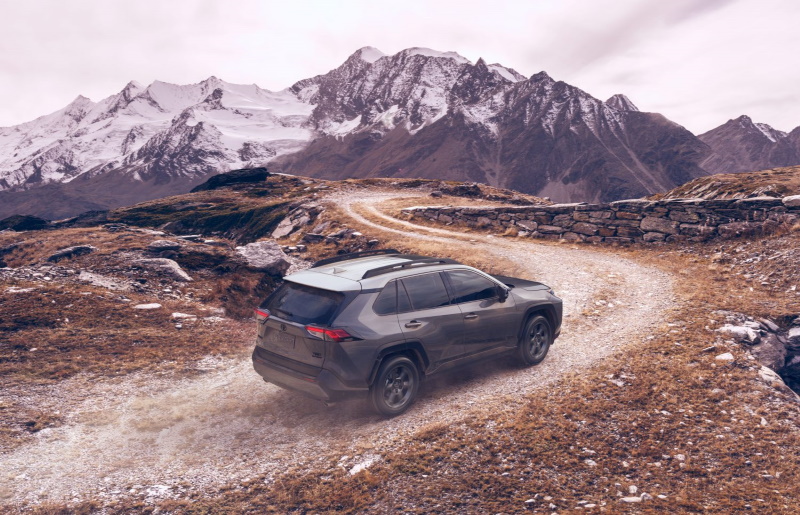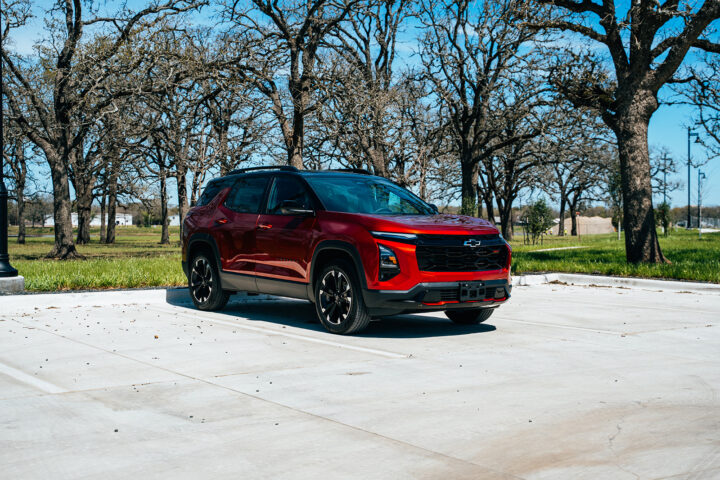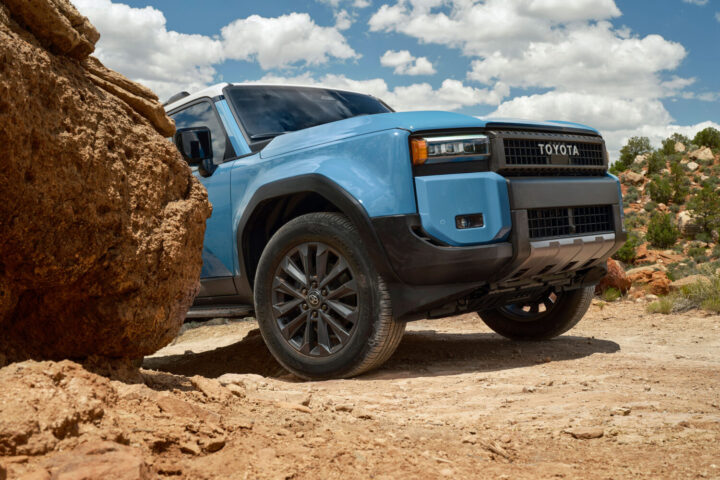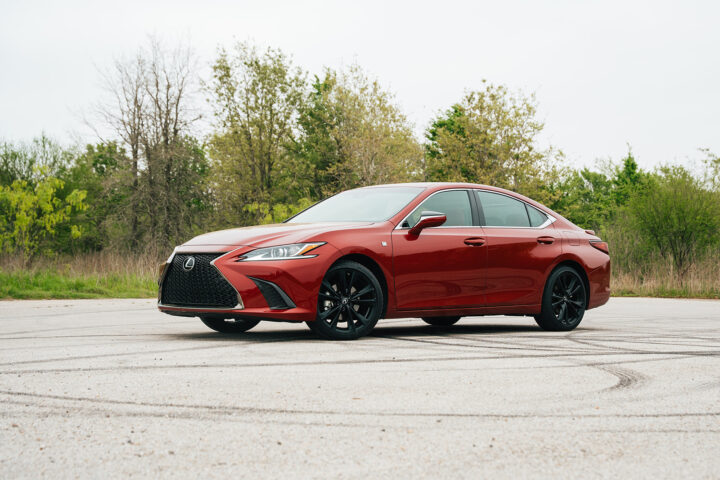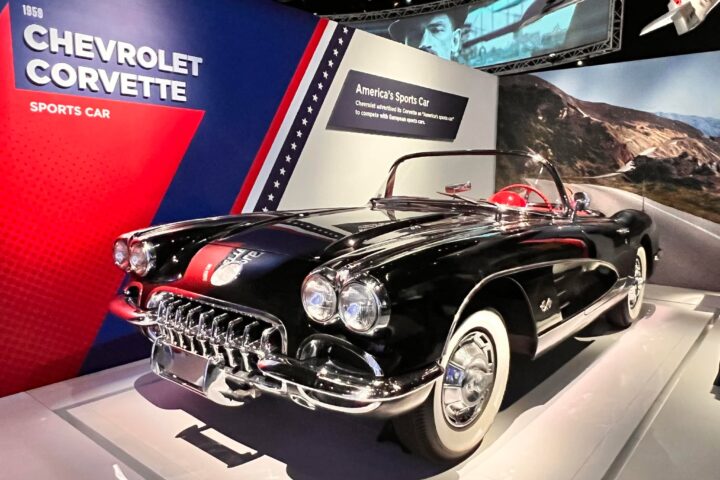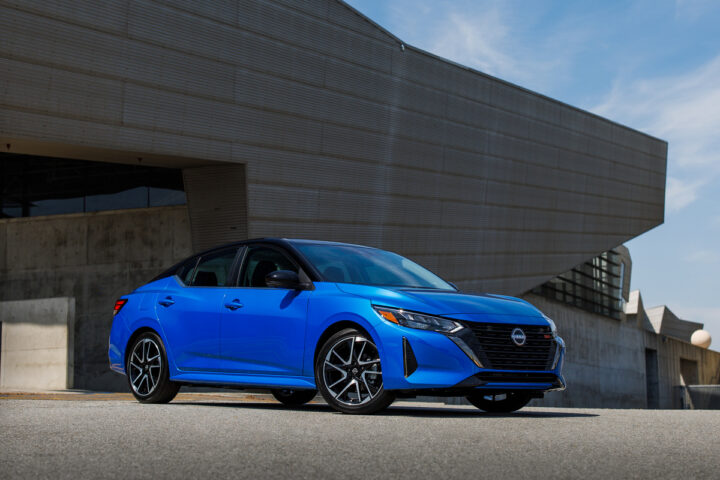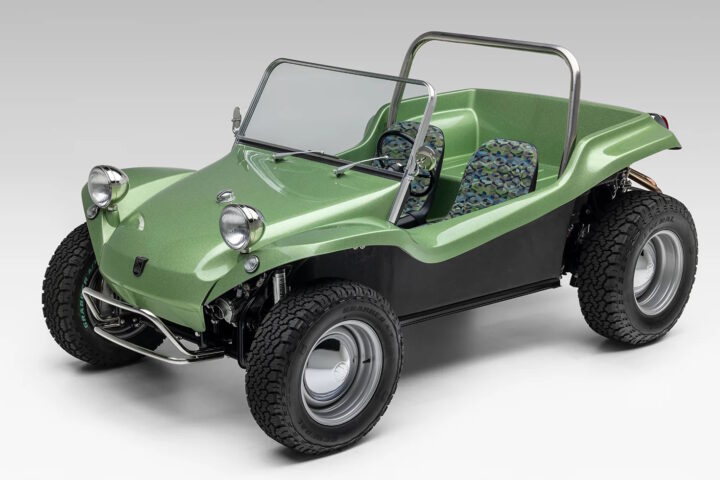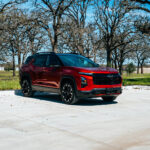Imagine this: you’re hooning an SUV through the mud or in the sand. The SUV has all the features you need to have fun off-road. Its 4WD or AWD is sending power where it’s needed while the big tires help traverse the rough stuff. What comes to mind when you hear this? Maybe the tried-and-true Jeep Wrangler? For me, it’s the new Ford Bronco with massive 35-inch tires. Posh off-roaders can take their Mercedes-Benz G-Class to slosh in the mud. Toyota has a few SUVs that can off-road and the 4Runner is your best bet for this.
My test-car wasn’t a 4Runner, nor a proper SUV that loves to be off-road. Nope. I had a Toyota RAV4. Yup, this family SUV has two interesting designations next to its name. The first is “TRD”, or Toyota Racing Division. Toyotas with the TRD badge mean they’ve had performance and/or off-roading enhancements. Speaking of off-roading, the second word on the badging is “off-road”. Believe me, this was quite an interesting combination. I never thought that Toyota would throw so many features to the beloved RAV4 to make it capable in mud and snow, but they did. How was it? Well, I traveled to the Cheese State to find out its capabilities.
First off, let’s take a look at the exterior. At a single glance, it’s a RAV4. It’s your typical Japanese-designed SUV with various curves and angles. Being the TRD, this Toyota has added styling features to prove it’s not some hybrid-RAV4. TRD models get 18-inch 6-spoke black wheels exclusive to the TRD. There’s also body cladding along with a lot of black trim and black badges. It has the looks of a semi-capable off-roader, but the paint lets it down. The paint color is “Lunar Rock”, or in non-marketing terms, gray. I think the two-tone paint pops more.
If you’re afraid you or passengers will forget that this is a TRD, Toyota thought about that. There are TRD badges on the front seats, optional floor mats, and when you turn on the car. I’m surprised that a giant “TRD” doesn’t isn’t plastered on the dash in large letters. Since this is the top-of-the-line non-hybrid RAV4, there are a plethora of features. You get a nice digital speedometer, faux-leather seats which my car had both heating and cooling features, a heated steering wheel, and navigation. There are a lot of red accents that pop within the interior. I’m a huge fan of having easy-to-use climate controls with large controls. This RAV4 had an optional JBL 11-speaker sound system which is a great sound system.
I’m not a fan of some of the controls. The steering wheel’s controls are a little odd where the placement of the volume and skip functions. At least these are on the steering wheel because the heated steering wheel is, for some reason, behind and two the left of the steering wheel. This set of buttons include the automatic head-light button, camera button, and power tailgate button. That doesn’t make any sense. The infotainment system works just fine, but it’s quite far from the drive and you have to lean to press the touchscreen. Thankfully, there is a wireless charging port along with Apple CarPlay and Android Auto. While the heated steering wheel gets quite toasty, the heated and ventilated seats are pretty much useless and heating or chilling your body.
When you get behind the wheel, you think this sporty-looking faux-off-road SUV will be decent on the road. It isn’t. Since the TRD has large tires, the ride is jittery and quite harsh. There’s basically no steering feel, and the brakes aren’t the best. As the top-of-the-line TRD, you would expect an amazing engine. Nope. It shares the same 2.5-liter I4 and a slow shifting eight-speed automatic in other gas-powered RAV4s. This produces 203-horsepower and 184 lb-ft. There is standard AWD but that doesn’t help the RAV to get to 60 mph under 8 seconds. This may not be bad until you put the engine into Eco mode. The difference between Eco, Normal, and Sport is dramatic. Word of advice: don’t accelerate in Eco because it feels painfully slow.
The ride and powertrain may not be good, but Toyota’s Safety Sense 2.0 is great and standard. Safety Sense has all the safety features including adaptive cruise control, blind-spot monitoring, lane departure assist and alert, and automatic high beams. All this is standard! Much appreciated Toyota. Remember, this is the TRD Off-road so there are additional features to stand out. Toyota uses its Multi-Terrain Select that includes Mud and Sand, Rock and Dirt, Snow mode, and Downhill Assist Control. Unfortunately, I don’t have anywhere to off-road and Illinois decided to not snow until next week. I’ll assume that the TRD Off-road can actually go off-roading but not on difficult tracks. Still, having a snow mode gives peace of mind.
Would I recommend the TRD Off-road? Honestly, not really. I do like the RAV4 but having it as a hybrid makes more sense. Close in price to the TRD Off-road is the XSE Hybrid. Toyota uses another 2.50-liter I4 with two electric motors to produce 219-horsepower and more than 190 lb-ft. Through witchcraft and a CVT, the hybrid RAV4 gets to 60 mph a whopping 0.6 seconds faster. That’s impressive, especially when the hybrid is actually quicker than the gasoline RAV4. Although you don’t get a 360-degree camera, the RAV4 doesn’t need it. Hybrid models still get Toyota’s Safety Sense which is all that’s needed. Fuel economy is about 10 mpg higher than the TRD.
I do like the Toyota RAV4 TRD Off-road, but it doesn’t make sense as it is. I’d recommend a comfort mode, a turbocharged engine, and an upgraded transmission. The base price is $36,945 but my test car with options came out at $40,365. To me, that seems pretty expensive, but higher-end RAV4s can get to around $40,000. The RAV4 isn’t a bad SUV, but the TRD Off-road won’t be used the way Toyota wants it to be. The styling is pretty cool and has the TRD stand out compared to other RAV4 models, but other than the snow mode, the other features probably won’t be used. Toyota has better off-roading vehicles with the 4Runner and its tried-and-true capabilities. Hybrids may not be the most enjoyable vehicle, but a hybrid fits the RAV4 perfectly.

